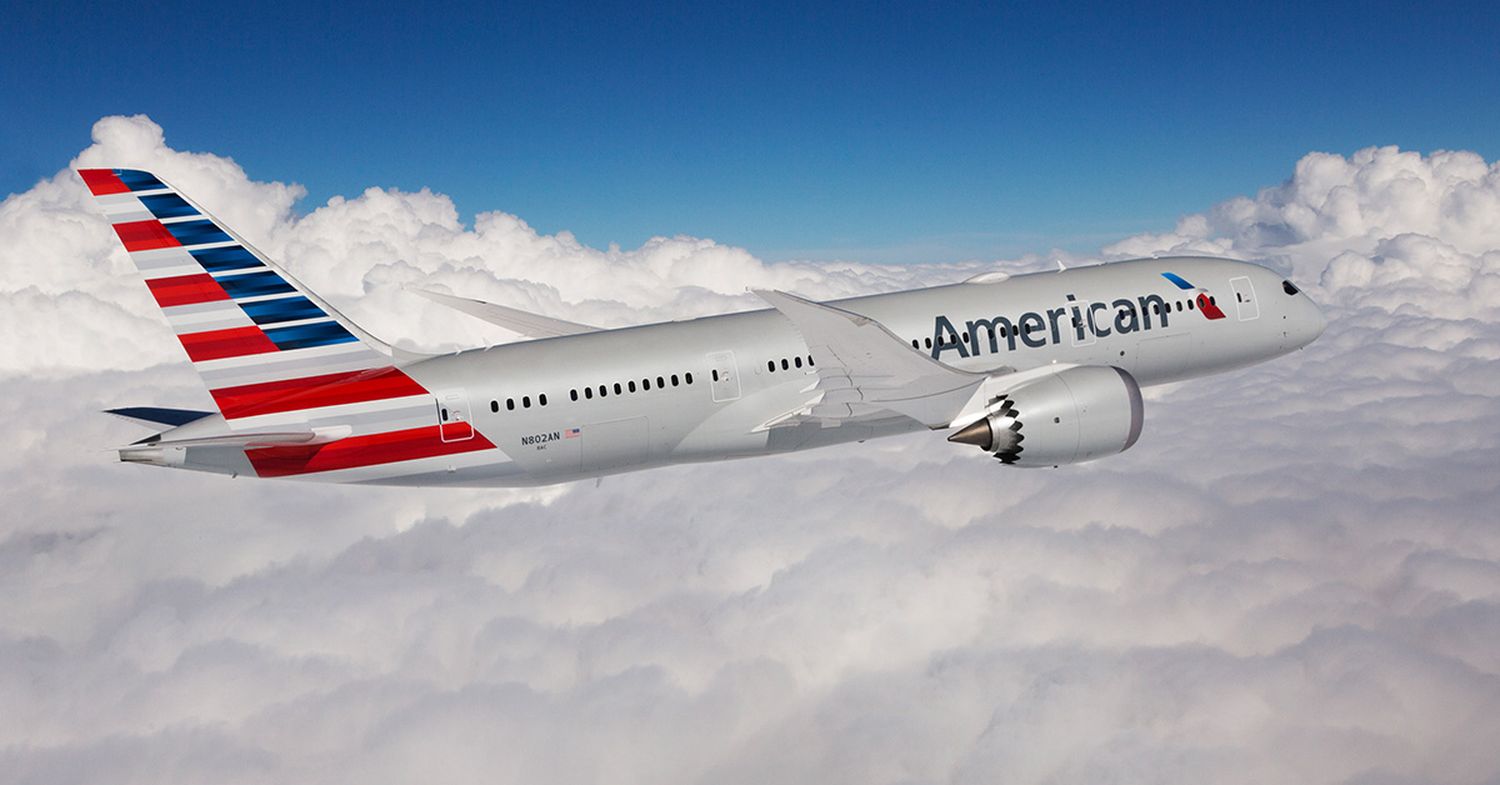The U.S. and 5G: July 1 deadline for aircraft upgrades will not be pushed back
The U.S. government indicated that it does not plan to extend the deadline given to airlines to upgrade commercial aircraft radio altimeters, which seeks to address potential interference from 5G technology.
Radio altimeters (RA) are crucial instruments for landings in adverse weather conditions. As Reuters reports, Biden administration Transportation Secretary Pete Buttigieg told airlines that the deadline for implementing the system upgrade will not move. Buttigieg noted that airlines «have made progress» but urged them to work aggressively to continue retrofitting aircraft. The new rules, which will prohibit landings in low visibility conditions for aircraft that do not have updated altimeters, will take effect on July 1.
The International Air Transport Association (IATA), which represents more than 100 airlines flying to the United States, stated in this regard that «supply chain issues make it unlikely that all aircraft will be able to be updated by the deadline, threatening operational disruptions during the peak northern summer season.»
Related content: 5G and aviation: industry calls on U.S. government for progress on implementation
Concerns about 5G’s potential interference with altimeters led to operational disruptions at several airlines last year. Following this, Verizon and AT&T, two of the largest U.S. telecommunications companies, voluntarily agreed to delay the use of C-band -the frequency that can generate interference- until July 1, while airlines worked to adapt instruments.
FAA Administrator Billy Nolen said the FAA «has given the airlines until July. When we get to July 1, if they have not complied with what is required, they will not be able to legally execute low-visibility approaches. This may result in diversions or other operational disruption.» Nolen added that if airlines do comply, next year they «will not be able to operate» in U.S. airspace.
Separately, the U.S. regulator on Tuesday proposed seven airworthiness directives for several Boeing models due to potential interference from the C-band. The directives would affect 4,800 U.S.-registered aircraft and 14,600 worldwide, and call for revising flight manuals to prohibit landings. They also include specific operating procedures for calculating landing distances and executing certain approaches in the presence of interference.


Para comentar, debés estar registradoPor favor, iniciá sesión